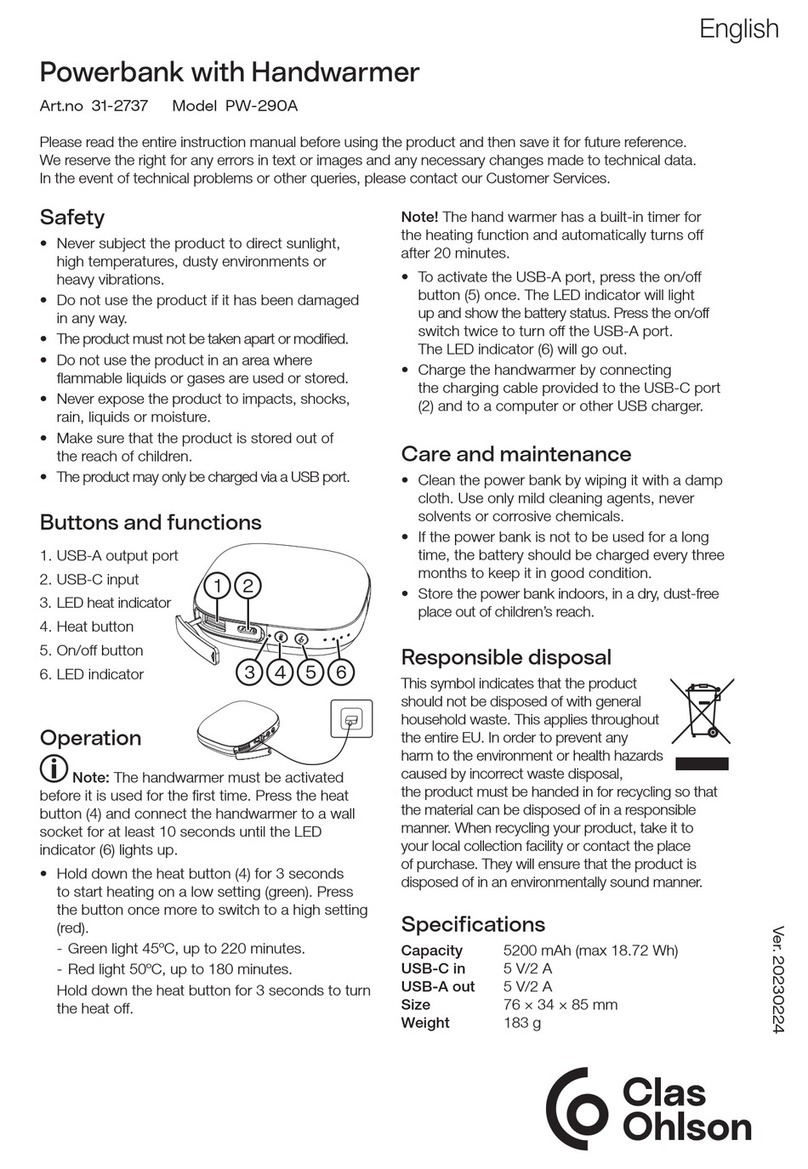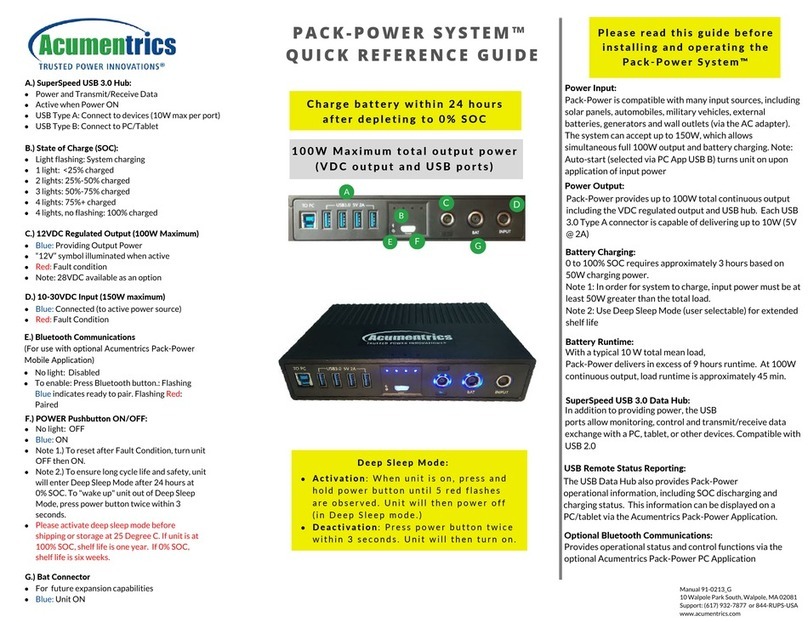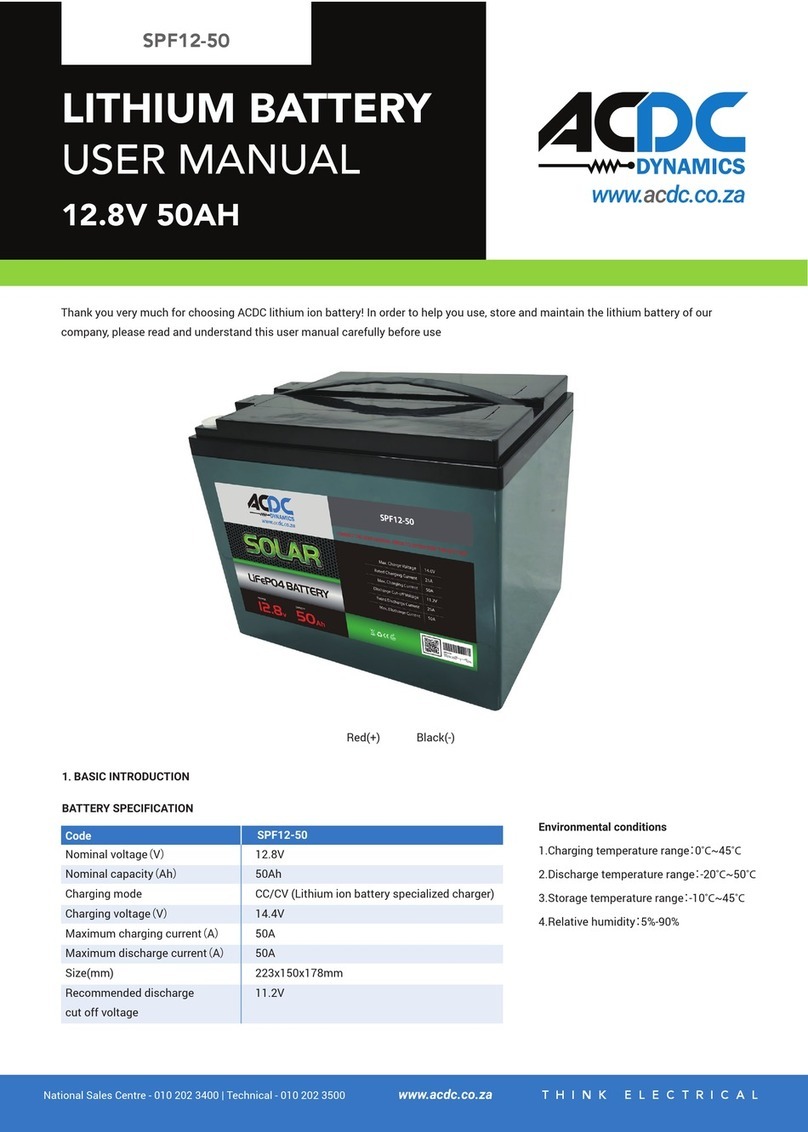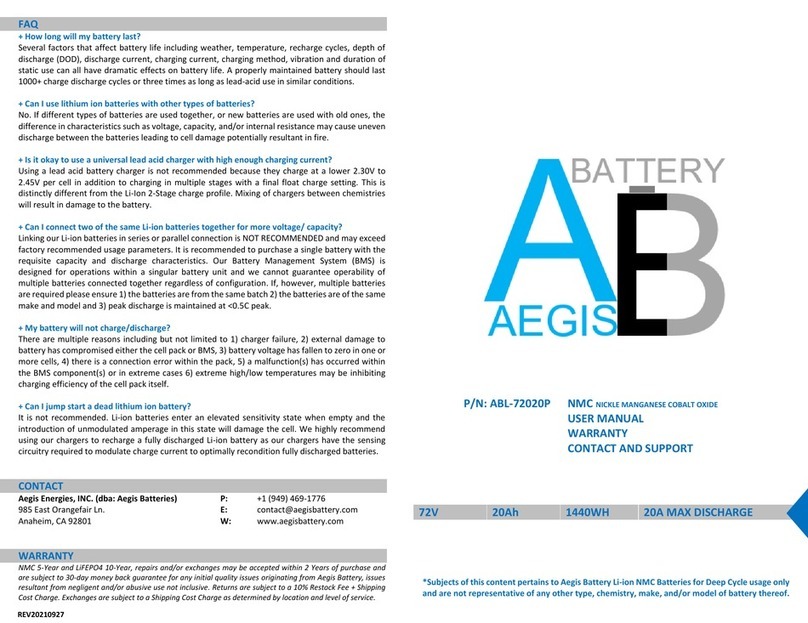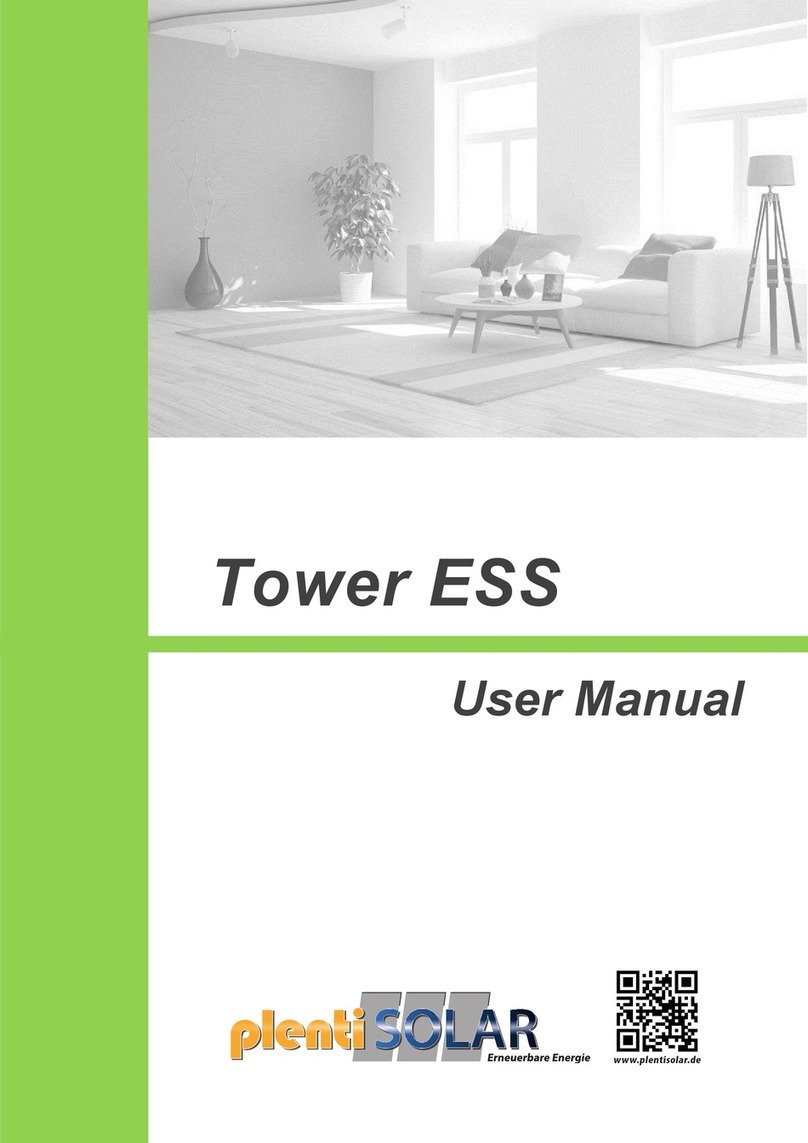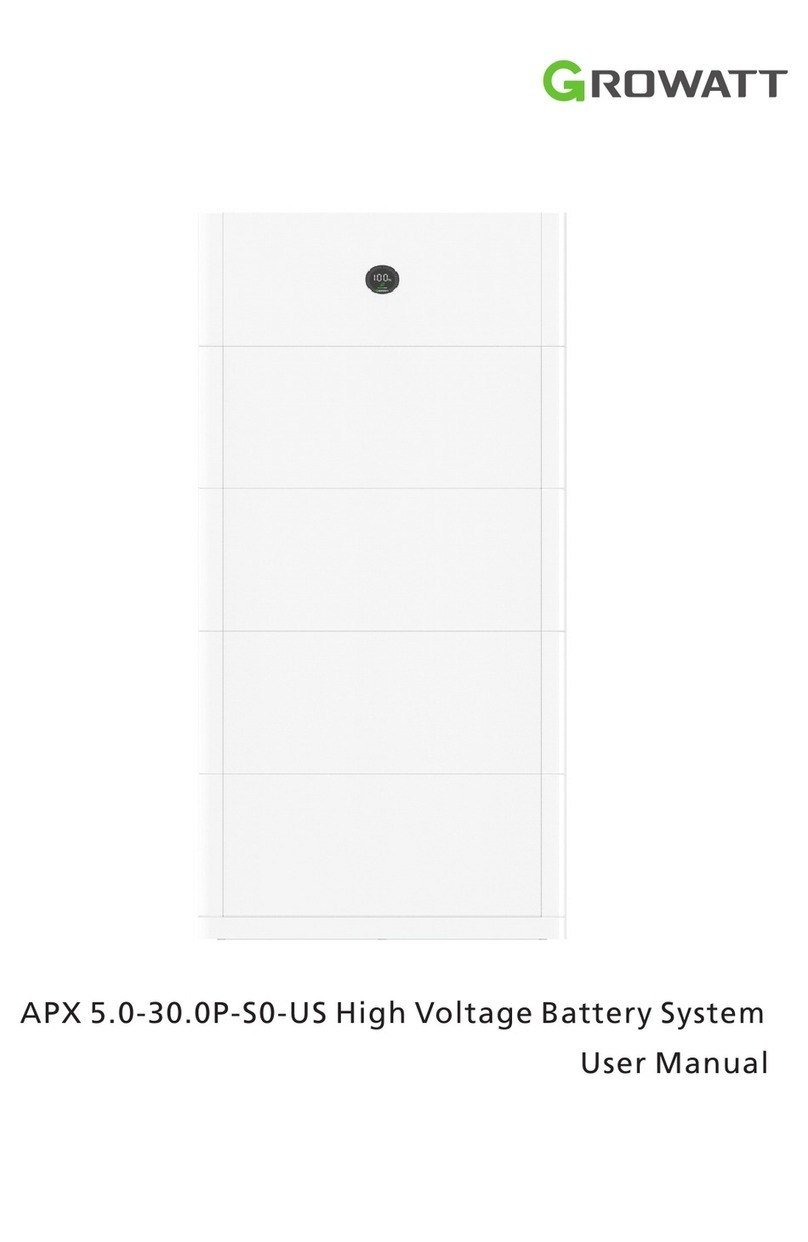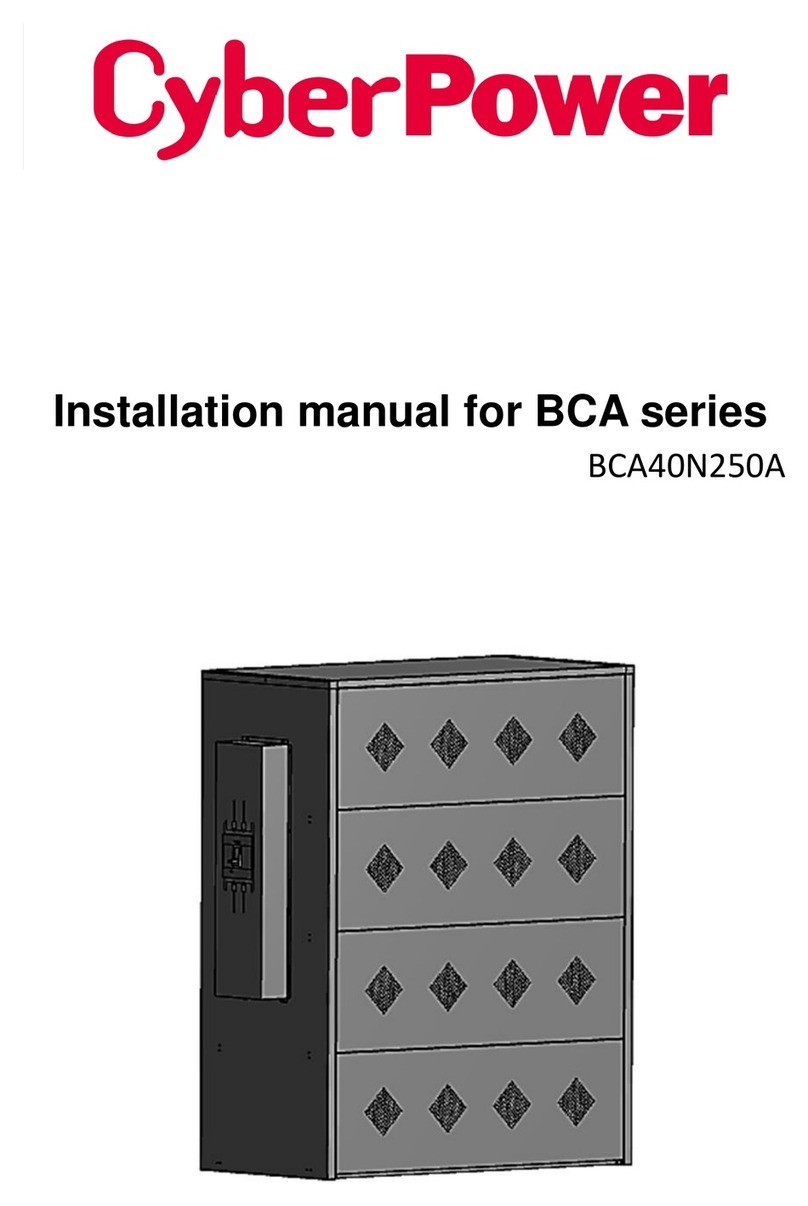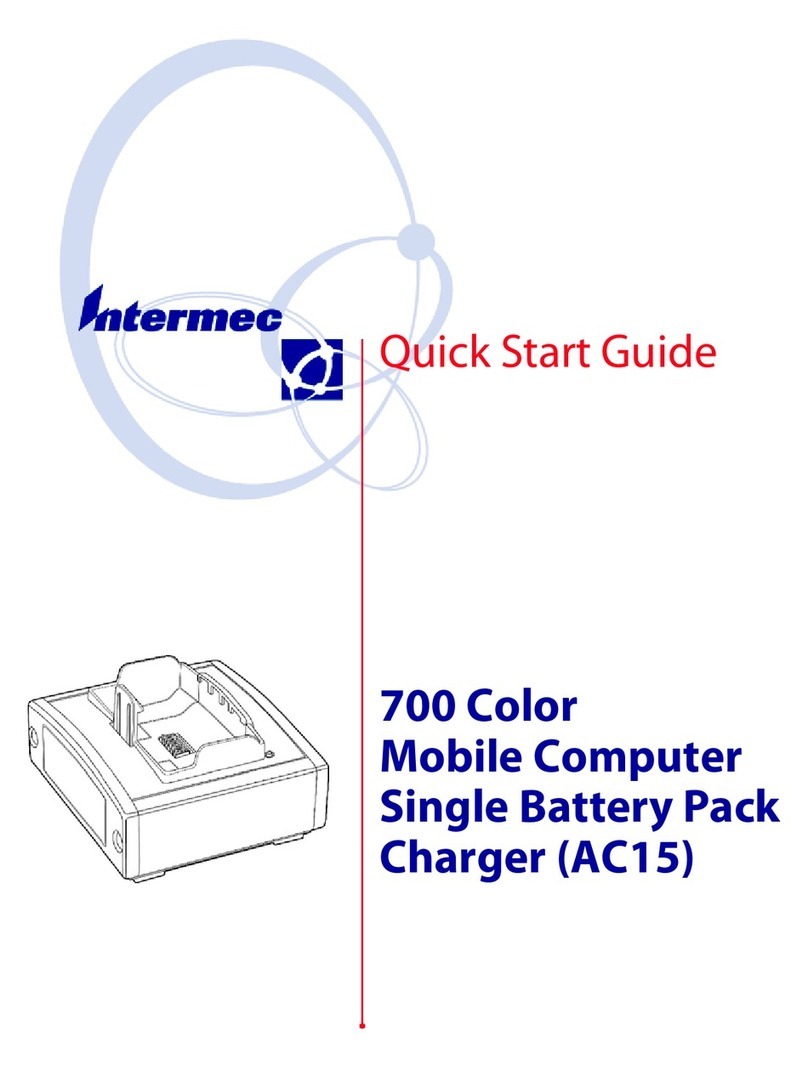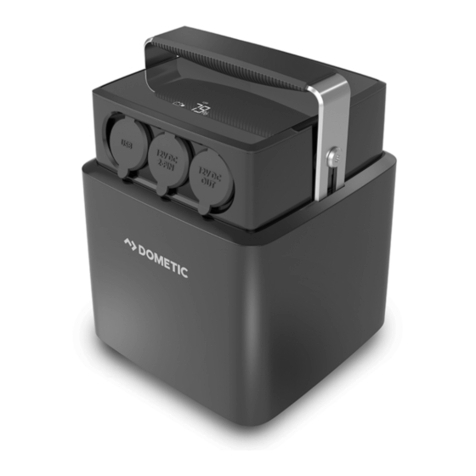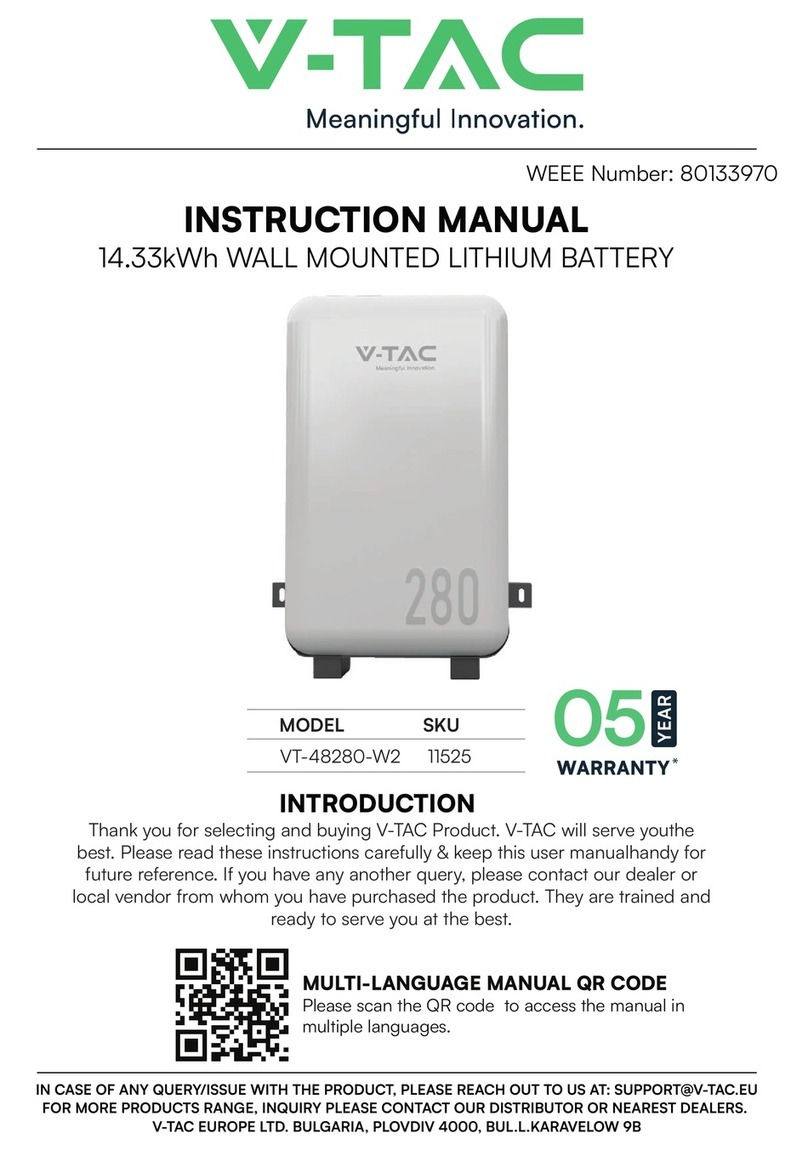
Table of contents
Table of contents
1 About this content...........................................................................................................................................1
1.1 Validity......................................................................................................................................................1
1.2 Target group...........................................................................................................................................1
1.3 Content and purpose...........................................................................................................................1
1.4 Additional information........................................................................................................................2
1.5 Warnings and categories................................................................................................................... 3
2 Basic safety information and warnings.................................................................................................... 4
2.1 Safety first!.............................................................................................................................................4
2.2 Proper use.............................................................................................................................................. 4
2.3 Generally valid safety information..................................................................................................4
2.4 Fire protection measures...................................................................................................................8
2.5 Environmental protection................................................................................................................10
3 Product description....................................................................................................................................... 11
3.1 Overview............................................................................................................................................... 11
3.2 Scope of delivery................................................................................................................................13
3.3 Technical data..................................................................................................................................... 15
3.3.1 Battery type overview...................................................................................................... 15
3.3.2 General technical data......................................................................................................16
3.3.3 Battery type: eTB48-50-025 F......................................................................................17
3.3.4 Battery type: eTB48-100-05 F......................................................................................19
3.3.5 Battery type: eTB48-200-10 F......................................................................................21
3.3.6 Battery type: eTB48-300-15 F......................................................................................23
3.3.7 Battery type: eTB96-50-05 F........................................................................................ 25
3.3.8 Battery type: eTB96-100-10 F......................................................................................27
3.3.9 Battery type: eTB96-150-15 F......................................................................................29
3.3.10 Derating curve diagrams..................................................................................................31
3.3.11 PIN assignment of the CAN connections....................................................................38
3.3.12 Lithium Ion Battery............................................................................................................39
3.3.13 Materials................................................................................................................................40
3.4 Marking................................................................................................................................................. 41
4 Planning............................................................................................................................................................ 43
4.1 Notes on system integration......................................................................................................... 43
4.2 Connection options............................................................................................................................44
4.2.1 Standalone battery............................................................................................................ 44
4.2.2 Batteries in series connection........................................................................................45
4.2.3 Batteries in parallel connection.....................................................................................46
5 Installation and commissioning................................................................................................................ 47
5.1 Check installation requirements................................................................................................... 47
5.1.1 Requirements for stability...............................................................................................47
5.1.2 Requirements for protection against damage.......................................................... 47
5.1.3 Requirements for ease of operation and maintenance..........................................47
5.2 Install evoTractionBattery............................................................................................................... 48
5.3 Connecting the evoTractionBattery..............................................................................................49
5.3.1 Connect battery terminals and equipotential bonding...........................................49
5.3.2 Connect charger..................................................................................................................50
5.3.3 Connect external components....................................................................................... 51
5.3.4 Wire system for charging the vehicle battery at a charging station...................53
5.4 Switch on and switch off the battery......................................................................................... 54
5.4.1 Battery button displays....................................................................................................54
5.4.2 Precondition for continuous operation........................................................................54
TM_evoTractionBattery_1.4_en I


